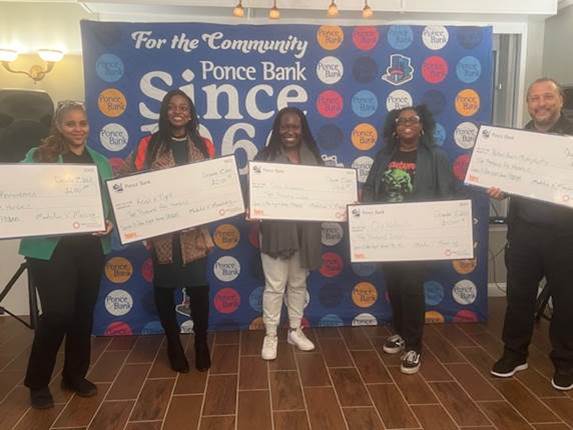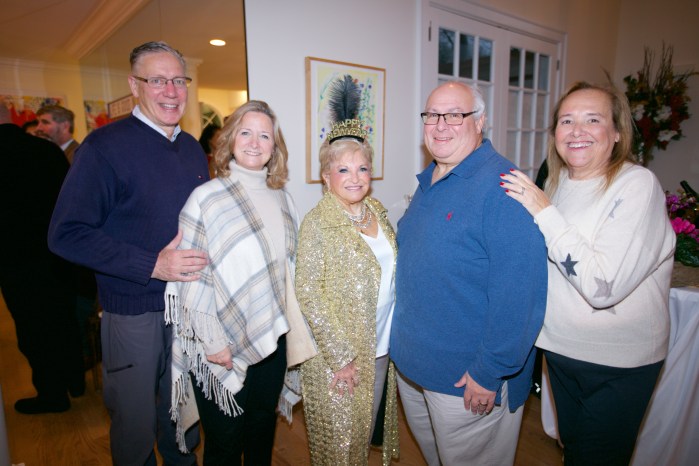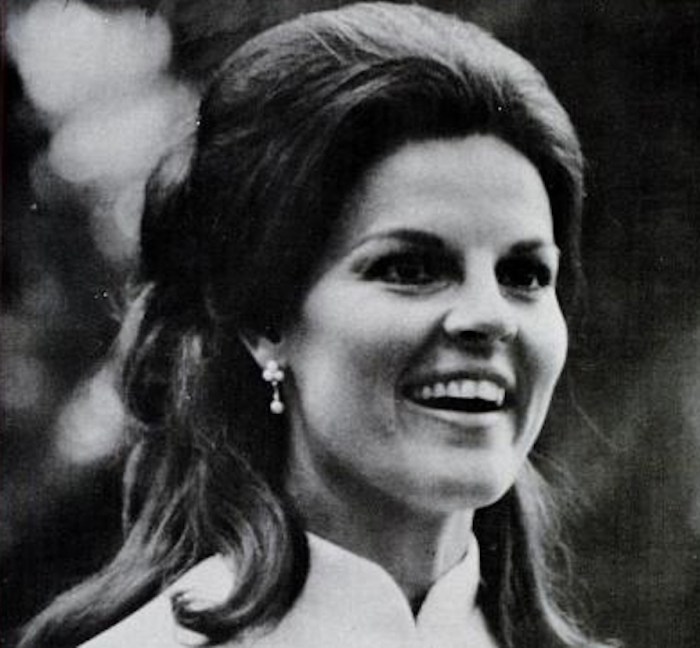
The glitz and glam of the Upper East Side are only half of the area’s story.
A lot of New Yorkers may not know that Yorkville — between East Harlem and East 79th Street, and from the East River to Lexington Avenue — is its own enclave of small mom-and-pop businesses, low-rise tenements and numerous churches and synagogues that have been standing since the 19th century when immigrants, largely from Germany, Ireland, Czechoslovakia and Hungary, settled in the area.
That’s the history that the neighborhood’s advocates, The Friends of the Upper East Side Historic Districts, want you to know and have included in a new book and documentary, “Shaped by Immigrants: A History of Yorkville.”
The 81-page book, written by the group, a not-for-profit organization dedicated to preserving the Upper East Side’s architecture and livability, explores the area’s growth from when the Irish moved in during the mid-1800s through its time as a large German community in the late 1800s and changes that came with the introduction of the elevated trains in 1878 and on Jan. 1, 2017, with the opening of the new Second Avenue subway.
Using archival and new photos, the book gets you down to street level to learn about Yorkville’s past.
“When people think about the Upper East Side, what they’re usually picturing is from Lexington Avenue to the park,” said Rachel Levy, executive director of The Friends. “Yorkville deserves the same recognition as an area truly shaped by waves of immigrants.”
Beer aficionados might be surprised to learn that Yorkville had three breweries of German origin, two of them across the street from each other, according to the book. Ehret’s Hell Gate Brewery, between Second and Third avenues and East 92nd and 93rd streets, was in its time the largest brewery in the country, producing 180,152 barrels of beer a year.
The workers lived close by their respective breweries, which made up a large part of the German community. Many older Yorkville residents say they can remember the smell of the beer that wafted through the streets before the last brewery was closed in 1965.
Joe Hinzman, who was interviewed by The Friends for the book, told researchers that the smell was so strong “some people walked out and they got drunk out in the street.”
Remnants of the neighborhood’s history still existing include the Jan Hus Presbyterian Church, built in 1888, the New York Public Library’s Webster Library branch (1919), and the former Shively Sanitary Tenements (1909 to 1911), now the Cherokee Apartments co-op.
“If you look around at the buildings, there are still traces of history,” Levy said. “It’s important to highlight these buildings at a time when access to Yorkville is greatly increased by the Second Avenue subway. The neighborhood is on a pedestal at the moment.”
The accompanying 15-minute documentary touches on many of the historical highlights in the book and features longtime residents retelling their memories.
“We see the book and the documentary as the beginning of a public conversation about sites that are important to preserve going forward,” Levy said. “We hope to continue to draw out the stories of people who lived here for decades . . . and we’re looking forward to using this as a starting point.”
Watch the documentary for free, and purchase the book for $30, at friends-ues.org.

































